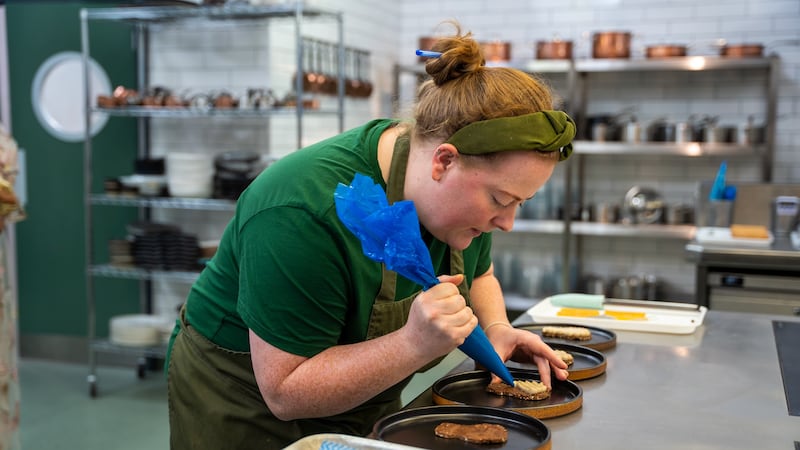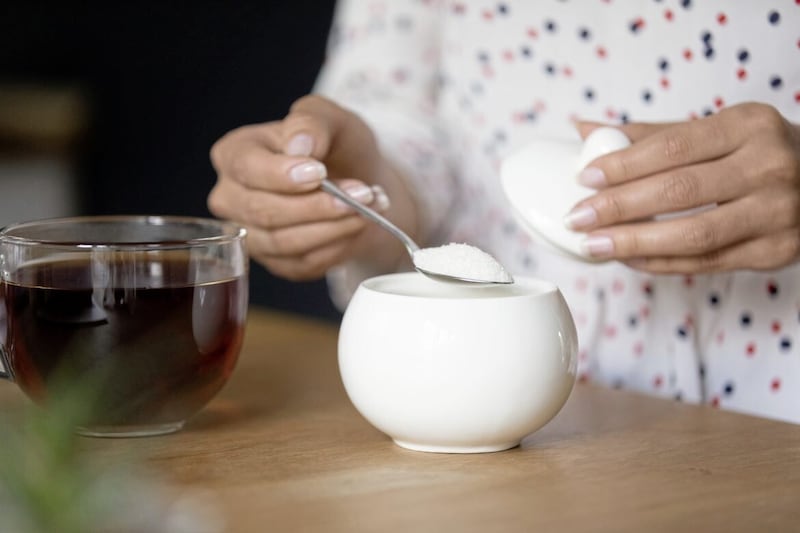FROM yogurts and breakfast cereals, to sauces and breads, sugar can be particularly difficult to eliminate from your diet, as it's often lurking in many everyday supermarket foods. Even snacks that seem like healthier options, like reduced-fat biscuits, can be high in sugar.
We've had it drummed into us since childhood that sugar is terrible for our teeth, but eating too much added sugar is also associated with health problems including obesity and an increased risk of heart disease and type 2 diabetes.
"The recommended limit for adults is 30g of free sugar per day, for children aged seven to 10 it's 24g per day, and for children aged four to six, it's 19g per day," says Dr Prudence Knight, from online GP service Push Doctor (pushdoctor.co.uk).
Free sugars are those added to foods or found in syrup, honey or fruit juice and smoothies, and don't include the naturally occurring sugars we consume in things like milk, whole fruits and vegetables.
Here, Knight, along with nutritionist Rhiannon Lambert (rhitrition.com), share tips for curbing sugar intake:
1. Check the packaging: "There are a variety of foods and drinks on the shelves these days and it is often difficult to determine just how good for us they are," says Lambert. "For example, a 'healthy' drink that may appear to be a good choice, may contain 20 or 30g of sugar per serving." She recommends always checking the back of the packaging – look under 'carbohydrate: of which sugars'.
2. Check the sugar content per 100g: On product packaging nutrition information is usually provided per 100g, and it's sometimes noted per portion of the food too. "If you go by the 100g figure, you can easily compare the sugar content of one product to another," says Lambert.
3. Re-educate your palate: The easiest way to kick those midday chocolate cravings? Put a block on your sweet tooth outside of the office. "Try to reduce the amount of sweeteners you consume," says Dr Knight. "This can help you get used to less sweet tastes which, in turn, should reduce your sugar consumption."
4. Look for hidden sugars: "Sugars can be labelled in more than one way," says Lambert. Nectar, dextrose, fructose and molasses are all examples of sugars under different guises.
5. Keep fruit juice and smoothies to 150ml or less each day: "While they do contain vitamins and minerals, it's easy to over consume juices, and they're terrible for your teeth due to the combination of high acid and sugar levels," says Knight. She recommends drinking no more than a 150ml serving per day.
6. Choose low-sugar alternatives: Opting for a low-sugar alternative is the simplest way of cutting down your daily intake. "If you switch an 85g pot of fruit fromage frais for plain Greek yoghurt sweetened with chopped fruit, you'll save 10g of sugar, which is half the daily recommended amount for a six-year-old," says Knight.
7. Rethink your snacks: "Snack foods such as protein bars often contain added sugars and artificial sweeteners," warns Lambert. For a nutritious pick-me-up, try a handful of nuts and a banana.
8. No fizzy drinks: "Many fizzy drinks have a lot of added sugar," says Knight. "In fact, a can of Coca Cola has 35g of added sugar, which is more than the recommended limit for an adult." She recommends switching your high-calorie fizzy drinks for water, tea or diet drinks, which contain no added sugar.
9. Make small changes over time: "Start small," says Dr Knight. "This way, you're more likely to stick to your changes, than throwing out all of your old habits then getting fed up after a week." Begin by cutting out unnecessary sugary drinks and snacks from your daily routine, and then you'll be better placed to start conquering your cravings completely.








